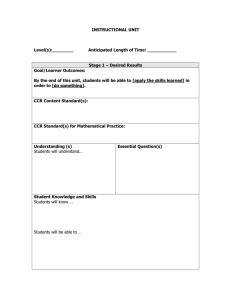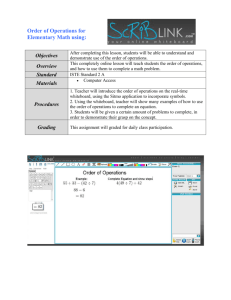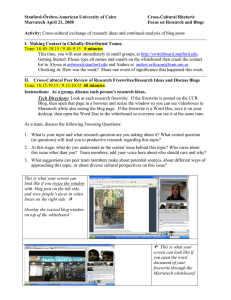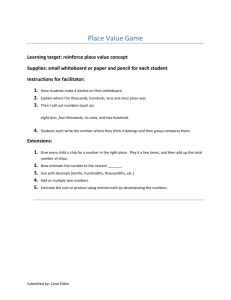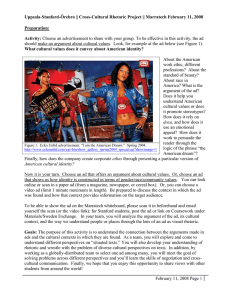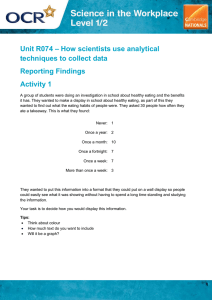Title: Uppsala-Stanford Exchange 11-17-2011
advertisement
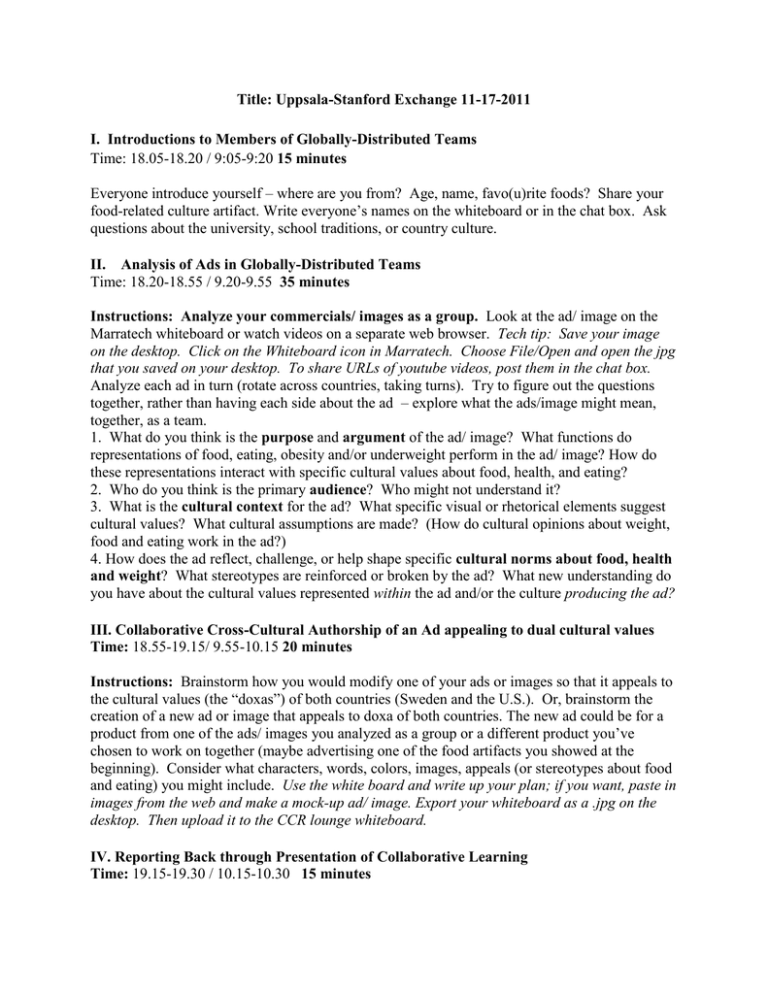
Title: Uppsala-Stanford Exchange 11-17-2011 I. Introductions to Members of Globally-Distributed Teams Time: 18.05-18.20 / 9:05-9:20 15 minutes Everyone introduce yourself – where are you from? Age, name, favo(u)rite foods? Share your food-related culture artifact. Write everyone’s names on the whiteboard or in the chat box. Ask questions about the university, school traditions, or country culture. II. Analysis of Ads in Globally-Distributed Teams Time: 18.20-18.55 / 9.20-9.55 35 minutes Instructions: Analyze your commercials/ images as a group. Look at the ad/ image on the Marratech whiteboard or watch videos on a separate web browser. Tech tip: Save your image on the desktop. Click on the Whiteboard icon in Marratech. Choose File/Open and open the jpg that you saved on your desktop. To share URLs of youtube videos, post them in the chat box. Analyze each ad in turn (rotate across countries, taking turns). Try to figure out the questions together, rather than having each side about the ad – explore what the ads/image might mean, together, as a team. 1. What do you think is the purpose and argument of the ad/ image? What functions do representations of food, eating, obesity and/or underweight perform in the ad/ image? How do these representations interact with specific cultural values about food, health, and eating? 2. Who do you think is the primary audience? Who might not understand it? 3. What is the cultural context for the ad? What specific visual or rhetorical elements suggest cultural values? What cultural assumptions are made? (How do cultural opinions about weight, food and eating work in the ad?) 4. How does the ad reflect, challenge, or help shape specific cultural norms about food, health and weight? What stereotypes are reinforced or broken by the ad? What new understanding do you have about the cultural values represented within the ad and/or the culture producing the ad? III. Collaborative Cross-Cultural Authorship of an Ad appealing to dual cultural values Time: 18.55-19.15/ 9.55-10.15 20 minutes Instructions: Brainstorm how you would modify one of your ads or images so that it appeals to the cultural values (the “doxas”) of both countries (Sweden and the U.S.). Or, brainstorm the creation of a new ad or image that appeals to doxa of both countries. The new ad could be for a product from one of the ads/ images you analyzed as a group or a different product you’ve chosen to work on together (maybe advertising one of the food artifacts you showed at the beginning). Consider what characters, words, colors, images, appeals (or stereotypes about food and eating) you might include. Use the white board and write up your plan; if you want, paste in images from the web and make a mock-up ad/ image. Export your whiteboard as a .jpg on the desktop. Then upload it to the CCR lounge whiteboard. IV. Reporting Back through Presentation of Collaborative Learning Time: 19.15-19.30 / 10.15-10.30 15 minutes In Marratech, switch from your virtual room to the CCR lounge. Tech tip: You can click on the GLOBE icon and go “HOME” then choose Stanford then CCR lounge. Or ask us to switch you. Instructions: Open your .jpg on the whiteboard, present your collaborative ad with its dual doxa to the other groups. You have 2 minutes to do this, and at least one representative from each side should speak. V. After the Connection: Post a Group Comment on the CCR blog. Compose a collaborative blog comment to offer your reflection on the CCR exchange. ● What did you learn about multiple perspectives on rhetorical texts and on doxa concerning food? ● How might you better understand visual texts as reflecting/shaping cultures about food and eating? ● What do you think can be gained by studying another country's representations and cultural norms of over- or underweight (and the culture of “food” or “eating” in general)? ● What worked best or surprised you most in today’s class? Is this an effective way to learn? Be sure to list all your first names. Post your comment at: http://crossculturalrhetoric.wordpress.com/2011/11/16/uppsala-stanford-talking-about-foodculture/
